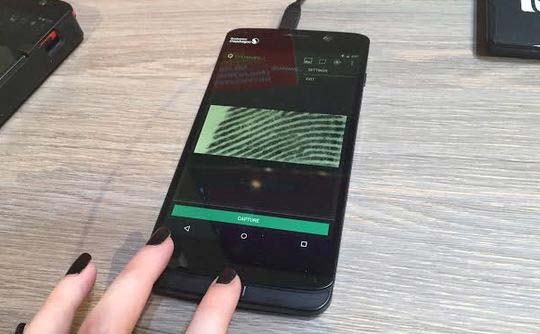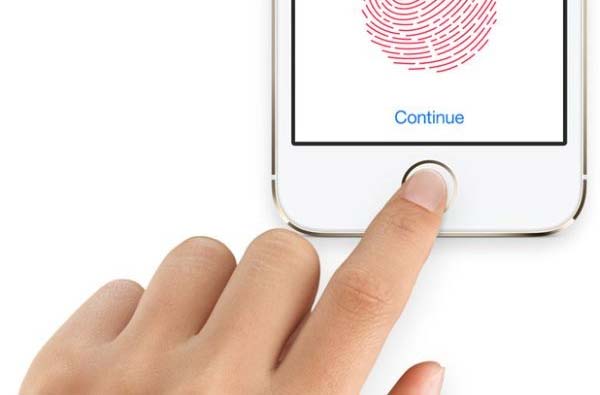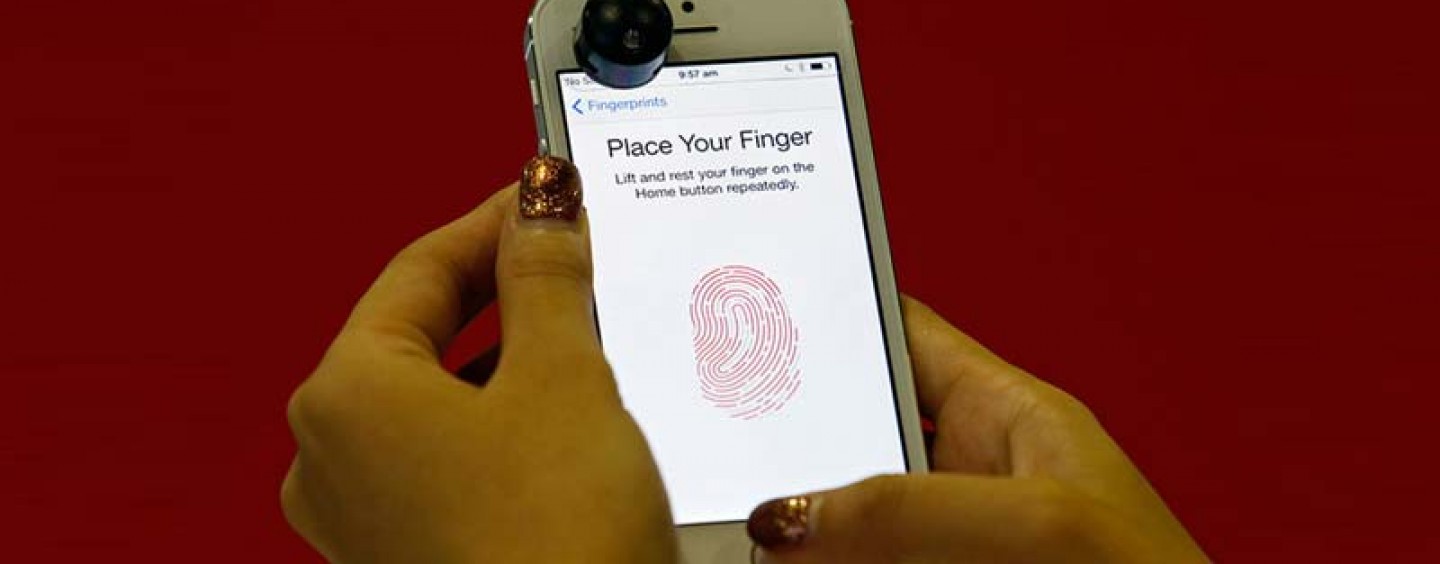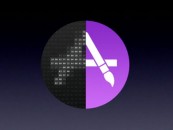Students and staff at Michigan State University are developing a system that if successful will address intrigues that surround any murder case. Researchers drawn from the University are using the 3D-finger technology to access the phone of the suspect. Professor Anil Jain, the team leader, has been developing models of the victim’s digits to help the local police unlock the phone.
How it Works?
The team hopes to use the content of the gadget to unravel and possibly explain how the person died. The project has shown signs of success with a police department in Michigan approaching Jain to help in investigations. The police department contacted him after viewing his video on YouTube explaining how the process works. In his presentation, he expounded on the security flaws surrounding fingerprints recognition on mobile phones. The professor will be expected to produce the fingerprints of the victim using a pre-recorded scan. Once the prints are produced, the 3D model would then be used to develop a false fingerprint that would later be used to crack the phone.
The methods used by the security enforcement has attracted scrutiny from all quarters since the Bernardino’s case earlier this year. The Apple phone belonging to the victim did not have a fingerprint reader. A situation that prompted Apple to change how the operating systems manage the fingerprint logins. In this case, the victim’s fingerprints could not be used as they had decayed; printing had to be done.
Information concerning the application of the software in the ongoing case is scanty. It does not prove prudent to expose all the details on the software with an active case in court. Disclosing all the information may jeopardize the ongoing investigations. In the past, researchers and scientists have used the technology to create prototypes of fingerprints from printed images, in coordination with the police. This is, however, the first case to be reported where police apply the technique to unlock a phone in an ongoing case.
Application and Performance

In their research, the team focused on Huawei and Samsung phones. However, the technology does not work on all phones. Samsung Galaxy S6 is one of the phones that does not support this technology. In the case, a man was killed, and the security forces conducting the investigations believed that the information saved on the phone could be used to help solve the mystery. However, this may not be possible as a password, fingerprint or a pin is required to unlock the device.
Jain, who is a computer science Professor, works on biometric recognition tools that include fingerprint scanners and facial recognition programs. With this knowledge, he has teamed up with some of his students to research on the particular methods that can be used to enhance biometric security features on the various smartphones.
The Michigan police department sent fingerprint images of the murder victim to Jain and his student. The fingerprints were retrieved from the police files as the dead man was a suspect in a crime before meeting his death. Using the fingerprints, Anil, and his Ph.D. student was in a position to digitize all the prints and to develop replicas of each of them. The only challenge is how to simulate the electrical conductivity of the skin of a human being by printing the prints on what they called the micron level coating.
According to his biometric researchers, it might be difficult to know the finger and the hand used by the person to unlock the phone. As such, the team prefers to print each digit and use trial and error method later. Jain has come out and clarified that his lab does not break into mobile phones, but it tests the technology so as to make it more for the consumers. He has made it clear that his team and he are not in the hacking business. He has experience of over 25 years working in the biometrics technology. The police decided to reach out to him after viewing his video he had posted on YouTube. In this video, he explained how criminals could design a 2D print of a person’s fingerprint and use them later to access their phones.
Challenges

The 3D-Finger technology has received opposition from different quarters thus derailing its implementation. For instance, if the phone belongs to any other person other than the crime victim, the police have to apply for a search warrant to use it. The program may not get approval by the court as it is yet to be recognized by law. Irrespective of the part that you believe in, the world is increasing depending on the biometric identifiers so as to safeguard privacy rights. Still with this, the program cannot be enrolled as it raises fundamental questions about policy and law.
Conclusion
Jean argues that the mobile phone providers have a responsibility to protect their clients. Most people and stakeholders in the security department have welcomed the initiative. The innovative investigative program raises concerns that people with bad intentions may also use the technology to further their agenda. With the technology, criminals can break into any individual’s phone and access all the crucial and important information stored on it.






No Comments so far
Jump into a conversationNo Comments Yet!
You can be the one to start a conversation.